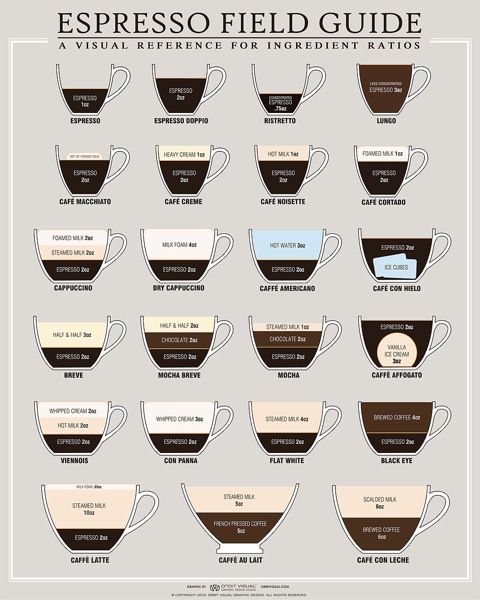Jean-Louis Gassée takes a look at Apple’s Q2 numbers in his latest Monday Note column. His columns are almost always interesting and insightful; this one’s no exception.
To me, one of the most interesting numbers is the Asia-Pacific growth (76% growth, vs 28% overall) of the Mac platform, accompanied of course by overall 151% revenue in the region. Also interesting, but unsurprising, to note that desktop sales are still going down by single-digit percentages every quarter — 6% this quarter — while laptop sales grew by 59%.
Is any other company having as much success in Asia at the moment as Apple? Seems like a huge growth opportunity there, and touch interfaces lend themselves very well to multi-byte character sets. Very, very interesting times are ahead.
Regard Asia. In China the iPhone is +250% year-to-year (vs. +155% in the US).
The number is especially interesting because this ought to be where iOS goes to die, snuffed out by a swarm of locally produced cheap handsets running Android or its mutant cousins Tapas and Ophone. You’ll recall Stephen Elop, currently Nokia’s CEO, cautioning against aggressively priced MediaTek based Android devices in his Burning Platform memo.
Instead, Chinese customers appear to insist on The Real Thing. We now hear that the Shanghai Apple Store does more volume than the historic 5th Avenue location, with a new store, China’s largest, in the works.

